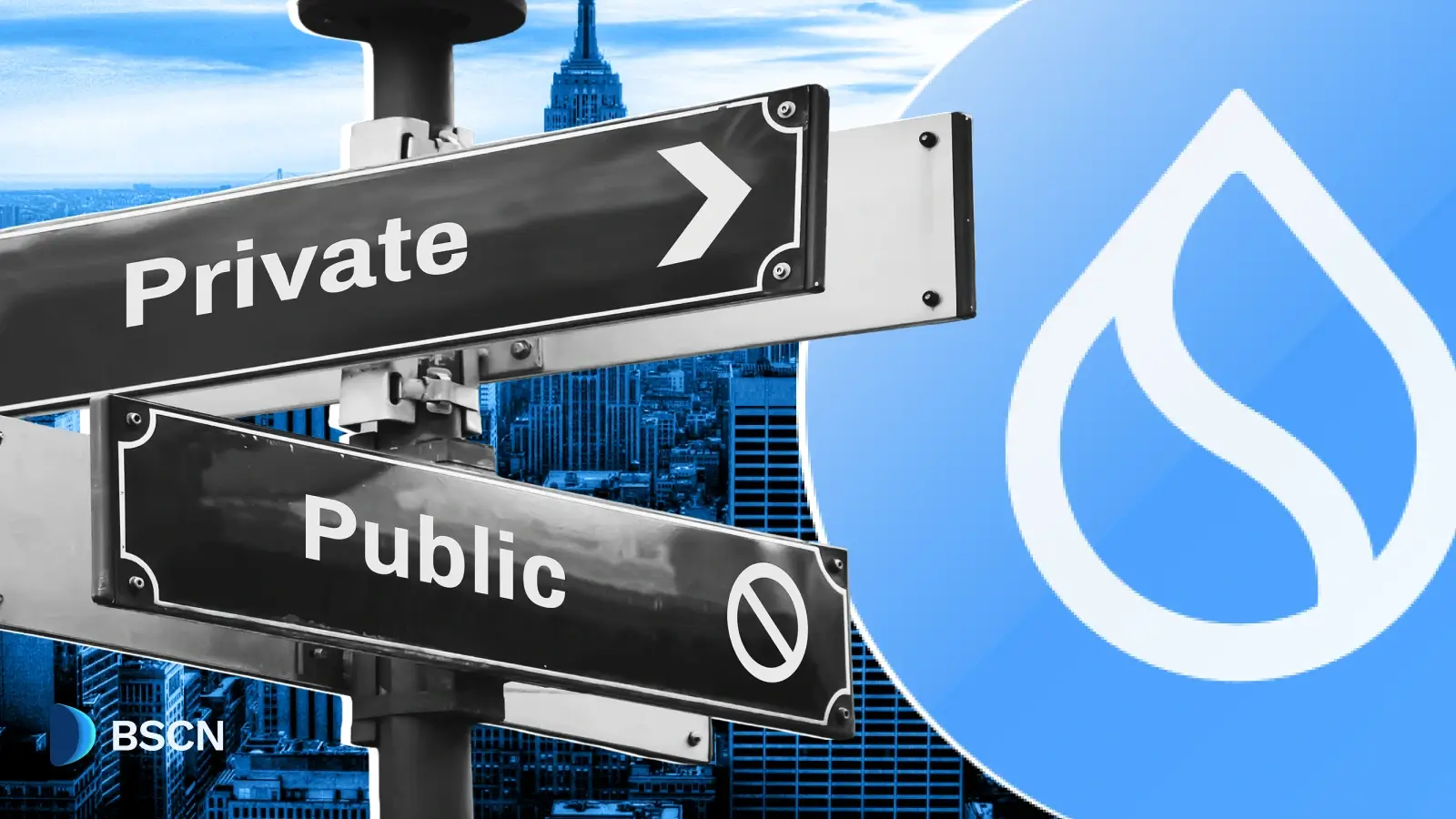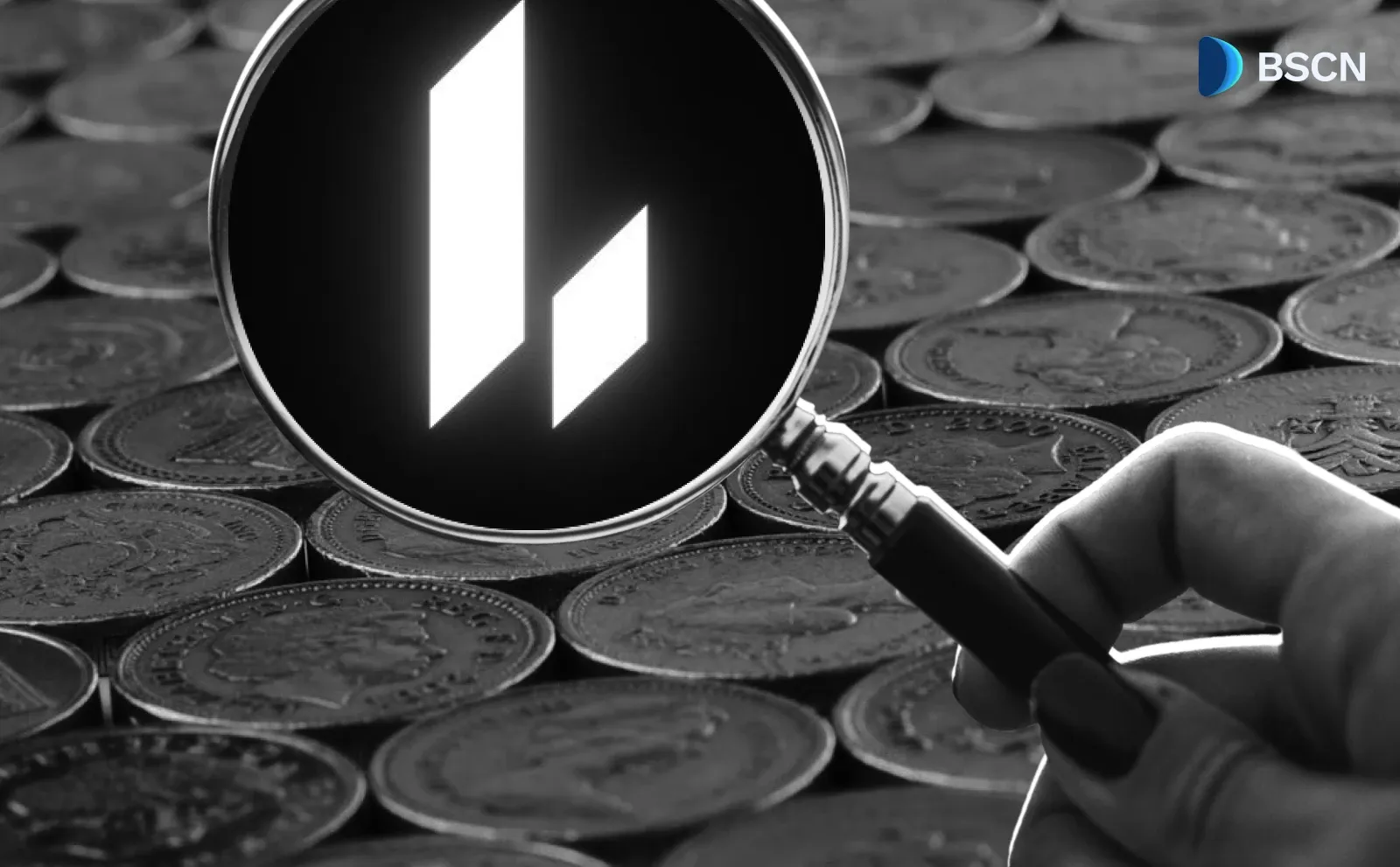News
(Advertisement)
Wanchain Connects VeChain and Sui with Direct USDC Bridge

Wanchain launches direct USDC bridge between VeChain and Sui blockchains, connecting enterprise users to $2B DeFi ecosystem with zero incidents.
Crypto Rich
August 29, 2025
(Advertisement)
Table of Contents
Wanchain deployed a direct USDC bridge connecting VeChain and Sui blockchains on August 27, 2025. This enables seamless stablecoin transfers between the enterprise-focused network and the high-performance DeFi platform. VeChain's corporate users now have access to Sui's $2 billion total value locked and connections to global USDC liquidity networks processing trillions in annual volume.
VeChain officially celebrated the launch by retweeting Wanchain's announcement. The company highlighted connections to substantial stablecoin liquidity and "new users and growth opportunities." This marks a practical bridge between enterprise blockchain applications and high-yield DeFi protocols.
How Does the Wanchain USDC Bridge Work?
Users connect wallets to Wanchain's portal at bridge.wanchain.org. They select USDC from either VeChain or Sui, then confirm transactions with fees typically under $1. Transfers complete within minutes using decentralized validators rather than centralized custodians.
Wanchain maintains a perfect security record. Seven years and $1.5 billion in bridged volume with zero incidents. This track record contrasts sharply with the $2.17 billion in bridge exploits that hit other platforms in 2025 alone. Currently, Wanchain connects 42 networks and supports 134 assets.
What DeFi Opportunities Open Up for VeChain Users?
Sui's DeFi ecosystem doubled its value throughout 2025. Native USDC integration and protocol expansions drove this growth. VeChain users can now access double-digit yields through lending platforms like Suilend and Navi.
Several key opportunities await users:
- Lending protocols offer USDC integration for yield generation
- Decentralized exchanges like Cetus enable token swapping
- BTCfi initiatives include wrapped Bitcoin strategies
- Gaming protocols leverage Sui's object-centric architecture
Native USDC on Sui has grown to approximately $580 million in circulating supply as of August 2025, demonstrating rapid adoption since its October 2024 launch. This outpaced established chains like Algorand and Hedera. Sui also reportedly reached over 3 million daily active users in August 2025, with some metrics indicating it is competing closely with Solana for user engagement. USDC inflows exceeding $500 million partly drove this growth.
How Does This Impact Enterprise Users?
Corporate partners can now leverage stablecoin rails for international settlements. No more foreign exchange risks. Companies like Walmart China have used VeChain for supply chain tracking since 2019. They now gain access to new payment infrastructure.
Several practical applications emerge from this connectivity:
- Carbon credit settlements can occur in USDC
- Supply chain payments reduce expenses versus traditional banking
- Bitcoin yield strategies become accessible through Sui's BTCfi protocols
Ethereum's congested infrastructure becomes less necessary. Average gas fees reached $5 in mid-2025 compared to VeChain's sub-cent transaction costs.
Why Does This Bridge Matter Now?
VeChain's July 2025 Wanchain integration already connected it to over 40 chains. This demonstrates accelerating interoperability adoption. However, this direct Sui bridge specifically targets DeFi access rather than general connectivity.
Cross-chain infrastructure addresses a major problem. Liquidity fragmentation spans over 100 competing layer-1 blockchains. Global USDC transactions are trending toward $20 trillion annually in 2025, based on quarterly volume patterns. Regulatory clarity from the US stablecoin framework supports cross-chain usage.
Market projections look promising. Some analysts suggest VeChain's total value locked could potentially triple by year-end 2025. Cross-chain capital inflows will partly drive this growth. Sui's institutional partnerships with Grayscale and Amina Bank signal the maturation of its infrastructure, ready for integration with traditional finance.
Wanchain benefits from deflationary tokenomics. The platform burned 900,000 WAN tokens by August 2025, creating economic incentives tied to bridge usage. Both networks can now benefit from 2025's trend toward hybrid blockchain usage. Projects are increasingly leveraging multiple specialized networks rather than remaining confined to a single ecosystem.
Sources:
- Wanchain Official Bridge Launch Announcement (August 27, 2025)
- VeChain Official Social Media Confirmation (August 27, 2025)
- Sui Network DeFi Analytics and Performance Data (2025)
- Cross-Chain Bridge Security Analysis (2025)
Read Next...
Frequently Asked Questions
How much does it cost to bridge USDC between VeChain and Sui?
Bridge fees typically cost under $1 per transaction, significantly lower than Ethereum-based alternatives. Costs include network fees on both chains plus Wanchain's bridge operation fee.
Is the Wanchain bridge safe to use?
Wanchain operates with zero security incidents across seven years and $1.5 billion in bridged volume. Decentralized validators eliminate single points of failure that have compromised other bridges.
How long do bridge transactions take?
Transactions typically complete within minutes. VeChain's fast block times and Sui's sub-second finality enable quicker processing than most cross-chain solutions.
What DeFi protocols can VeChain users access on Sui?
Users can access lending platforms like Suilend and Navi, decentralized exchanges like Cetus, and BTCfi protocols offering Bitcoin yield strategies and substantial liquidity options.
Can enterprises use this bridge for business payments?
Yes, corporate use cases include international settlements, supply chain payments, and carbon credit trading without foreign exchange risks.
Disclaimer
Disclaimer: The views expressed in this article do not necessarily represent the views of BSCN. The information provided in this article is for educational and entertainment purposes only and should not be construed as investment advice, or advice of any kind. BSCN assumes no responsibility for any investment decisions made based on the information provided in this article. If you believe that the article should be amended, please reach out to the BSCN team by emailing [email protected].
Author
 Crypto Rich
Crypto RichRich has been researching cryptocurrency and blockchain technology for eight years and has served as a senior analyst at BSCN since its founding in 2020. He focuses on fundamental analysis of early-stage crypto projects and tokens and has published in-depth research reports on over 200 emerging protocols. Rich also writes about broader technology and scientific trends and maintains active involvement in the crypto community through X/Twitter Spaces, and leading industry events.
(Advertisement)
Latest News
(Advertisement)
Crypto Project & Token Reviews
Project & Token Reviews
Comprehensive reviews of crypto's most interesting projects and assets
Learn about the hottest projects & tokens













